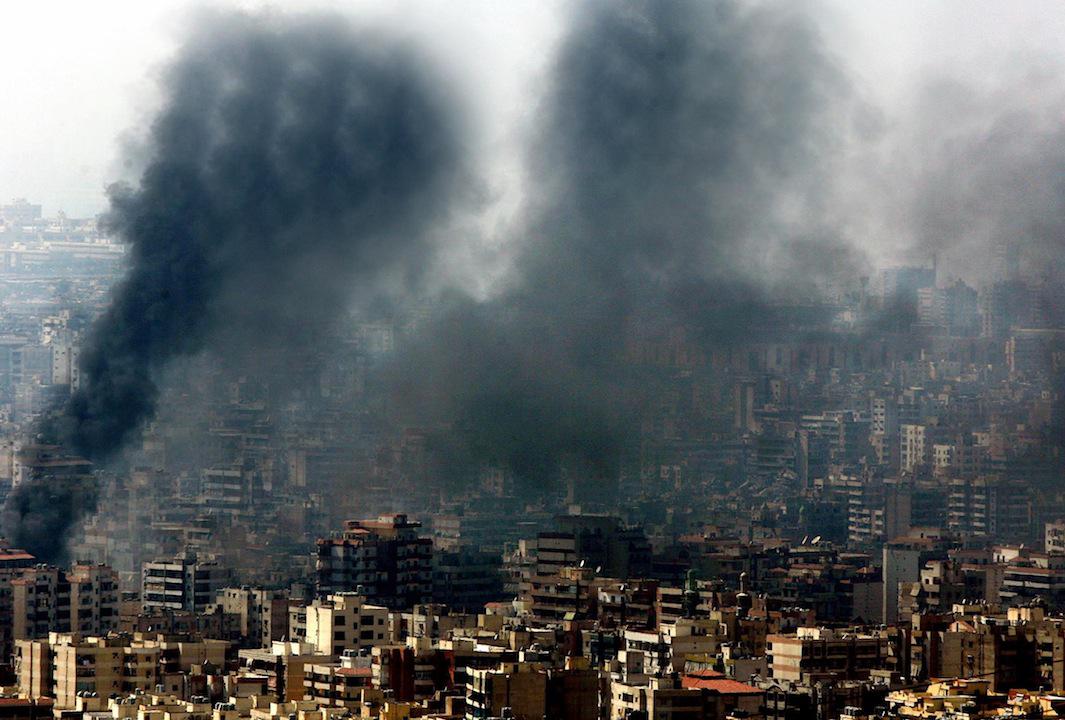Mistakes, misrepresentations, and downright deceptions in photojournalism are as old as the practice itself. And according to photojournalist Michael Kamber, founder of the Bronx Documentary Center and curator of its exhibit “Altered Images: 150 Years of Posed and Manipulated Documentary Photography,” these problems are only getting worse.
“The newspaper industry is disintegrating before our eyes, thousands of professionals have been laid off, and freelancers who came up in the digital age are used to changing things and altering things. Then you have some professionals who feel that as standards are slipping they can fake and lie and cheat,” he said.

Yevgeny Khaldei
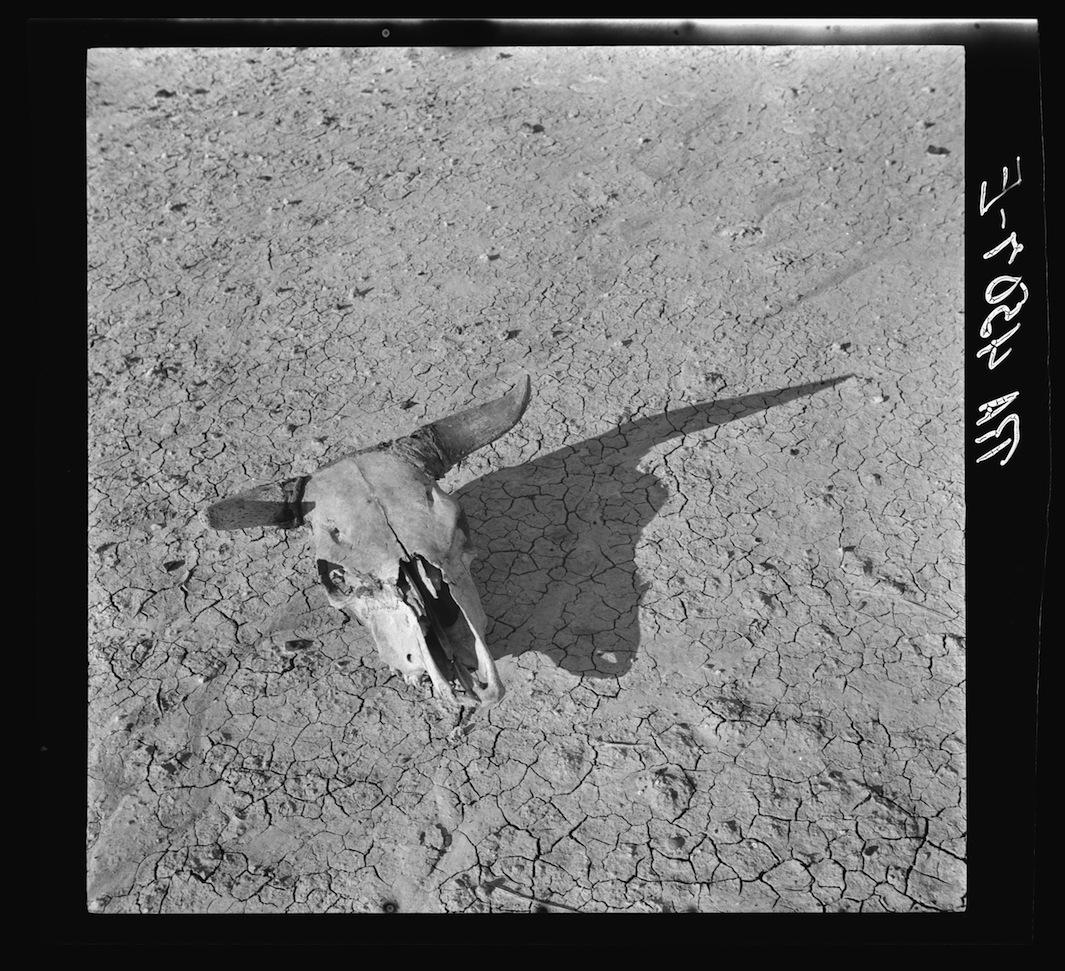
Arhtur Rothstein (Library of Congress; The Crowley Company)
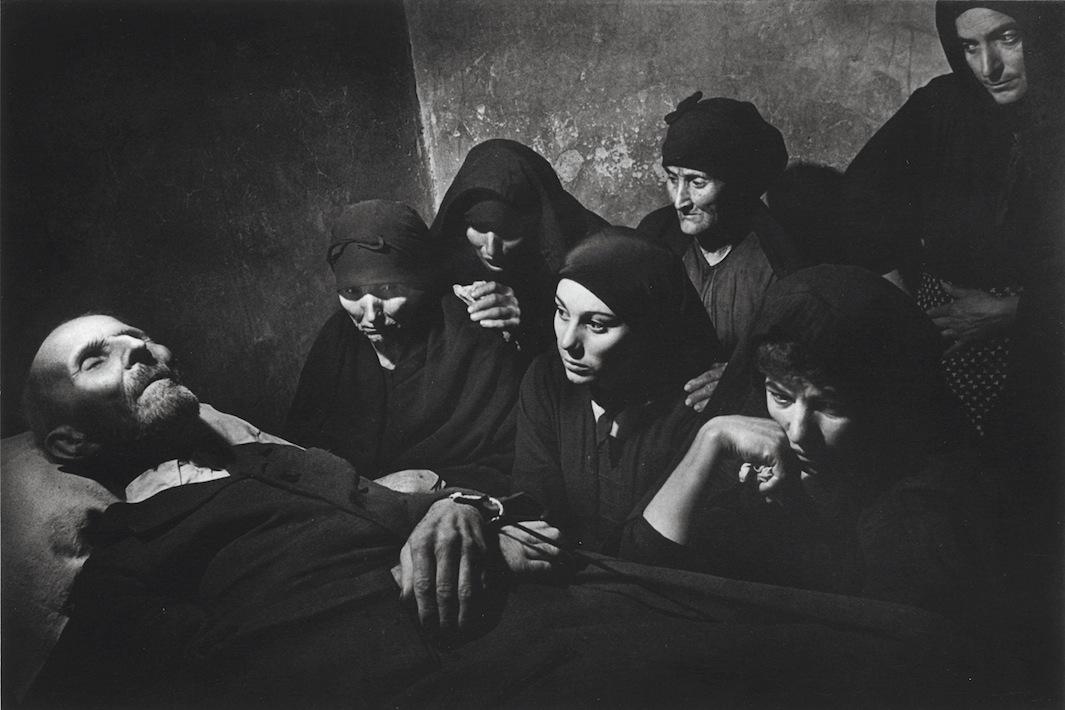
Eugene Smith
In decades past, manipulation was harder but still prevalent. Fewer photographers had the capacity to expertly airbrush or retouch—Eugene Smith was a notable exception—but there were other ways of misrepresenting or altering reality. As early as 1936, for example, Farm Security Administration photographer Arthur Rothstein moved a steer skull around South Dakota to illustrate drought there. And during World War II, Yevgeny Khaldei gave a homemade Soviet flag to soldiers in Berlin and asked them to pose with it. The photo was later altered to hide the fact that the soldiers had been looting. Clouds of smoke were also added.
Today, altering images is easy and fairly commonplace, and it’s a problem not just among young freelancers but professionals at the top of their game. The most prominent instance came to light this spring when the World Press Photo contest took away a prize it had awarded to Giovanni Troilo after it emerged that he had staged and lit a photo of a couple having sex in a car. That event sparked a conversation about the increasingly blurry line between art and photojournalism, but Kasper said the distinctions should be clear.
“I met young photographers at portfolio reviews and they’re telling me, ‘I’m re-enacting my dream states and my sexual fantasies with my friends and this is documentary work.’ I’m like, ‘No, it’s not. That’s you doing some personal artistic vision and in my opinion it has nothing to do with documentary work,’ ” he said.
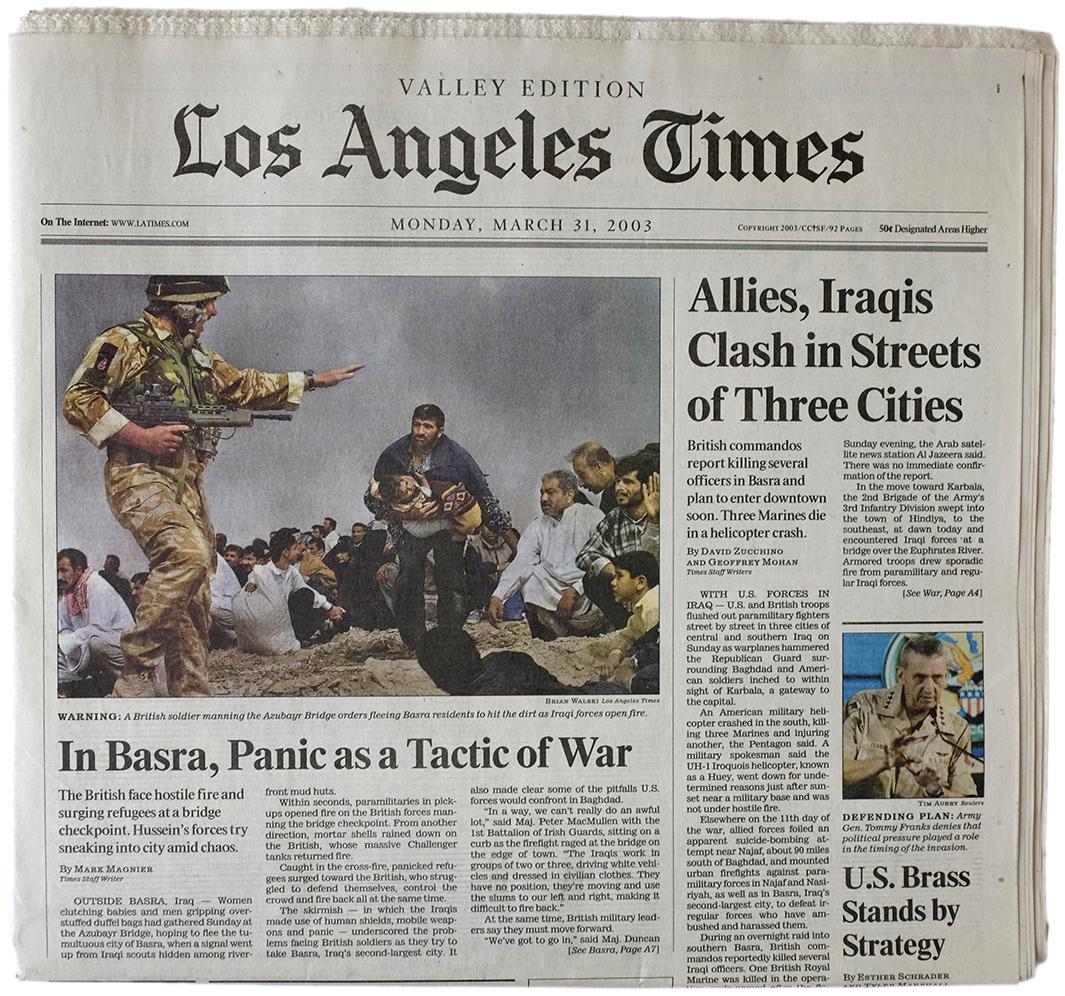
Brian Walski/Los Angeles Times

Giovanni Troilo
In the digital age, a pressure to “feed the Web” has also led to sloppiness in newsrooms. “I think the bottom line is there’s literally hundreds of millions of images ricocheting around the Internet everyday and editors are looking for new material, and they’re grabbing things that are not coming from trusted sources,” Kamber said. That problem showed up in April as riots broke out in Baltimore following the death of Freddie Gray. FOX13 Memphis posted a picture to Facebook of what was described as Baltimore in flames. The photo was actually taken in Venezuela a year earlier.
While the Internet has been the cause of many problems in photojournalism, Kamber said it also frequently provides the solution. Independent researchers and bloggers online can often catch manipulations or mistakes before editors do, using reverse image search on Google. Still, as long as economic pressures make newspapers depend on cheap, unreliable workers and ethical codes remain inconsistent between publications and contests, Kamber said problems will likely continue to arise. His primary source of hope for the industry lies with some of the younger photojournalists he meets.
“Since I came back from Iraq three years ago, there’s been a steady stream of young photographers coming to the Bronx Documentary Center. They’re coming with new work, with questions, and they’re constantly asking about what’s fair, what’s ethical, what’s right. If young people didn’t care they wouldn’t be beating down my door with these questions. It’s the new generation that’s going to change things because the old generation has mucked it up pretty bad.”
“Altered Images: 150 Years of Posed and Manipulated Documentary Photography” is on view at the Bronx Documentary Center until Aug. 2.
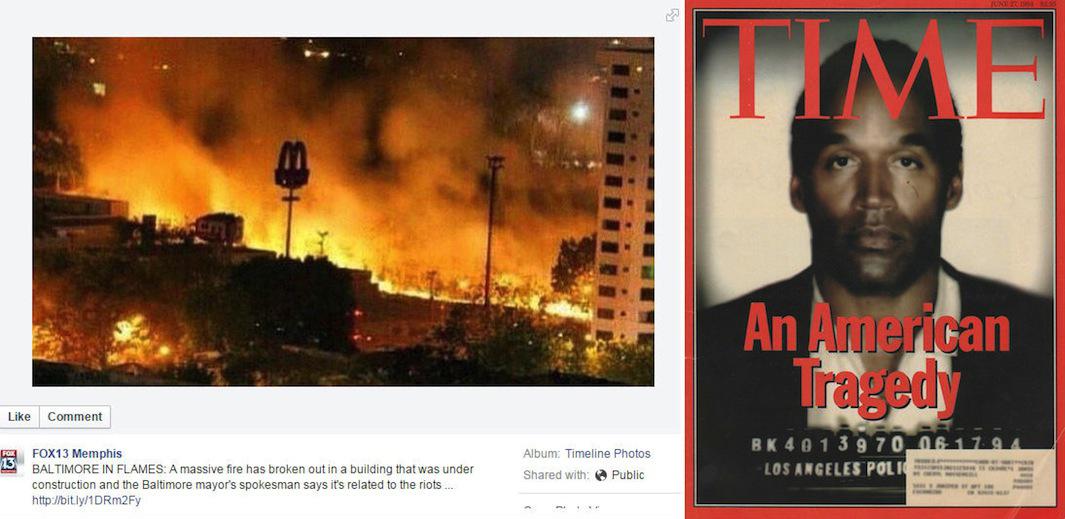
Left: Screenshot. Right: Photo illustration for Time by Matt Mahurin.
